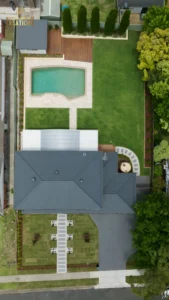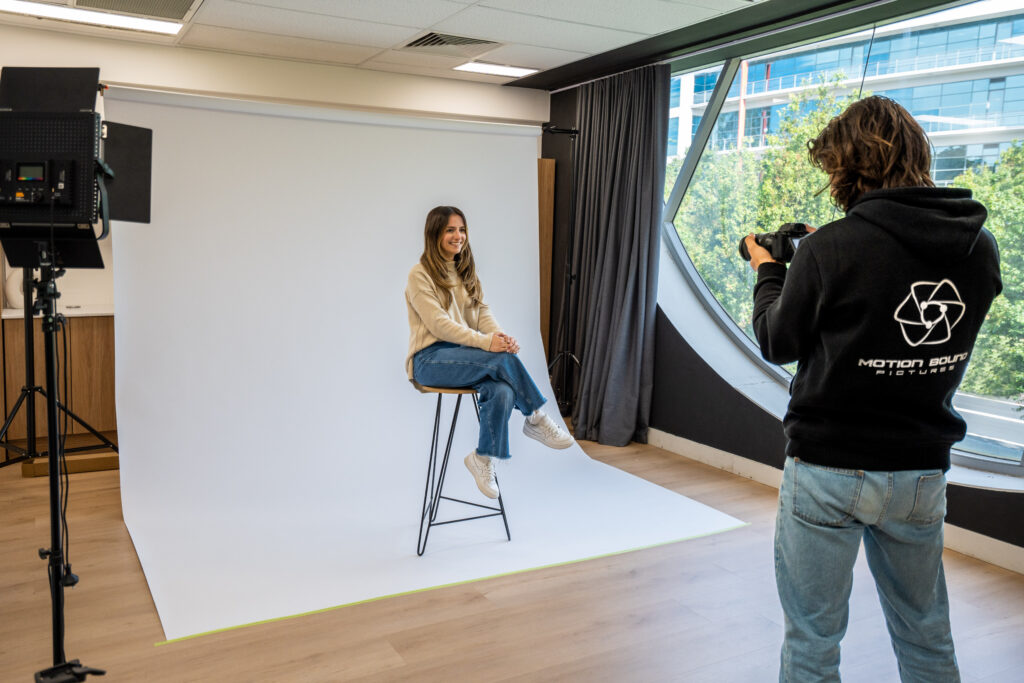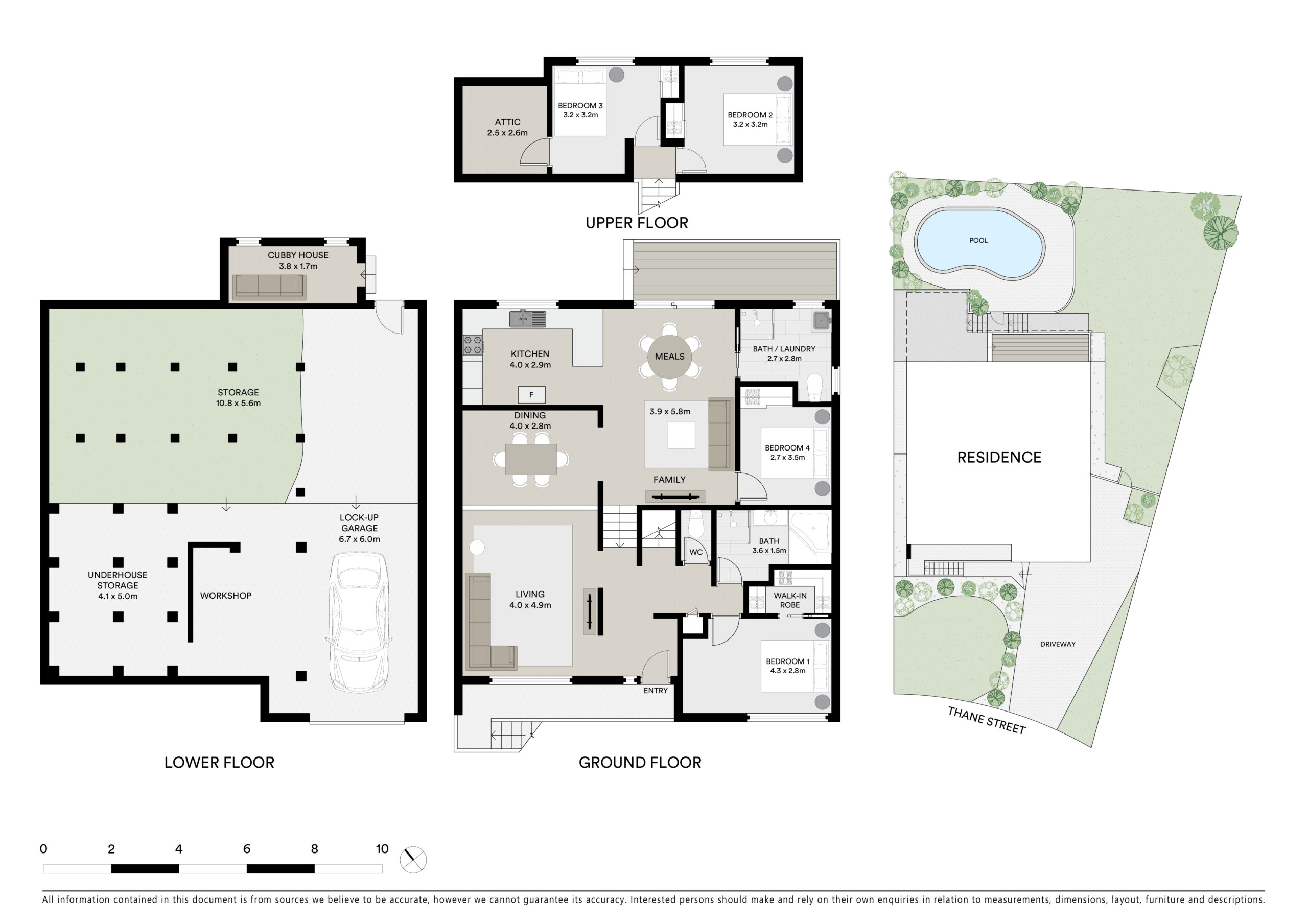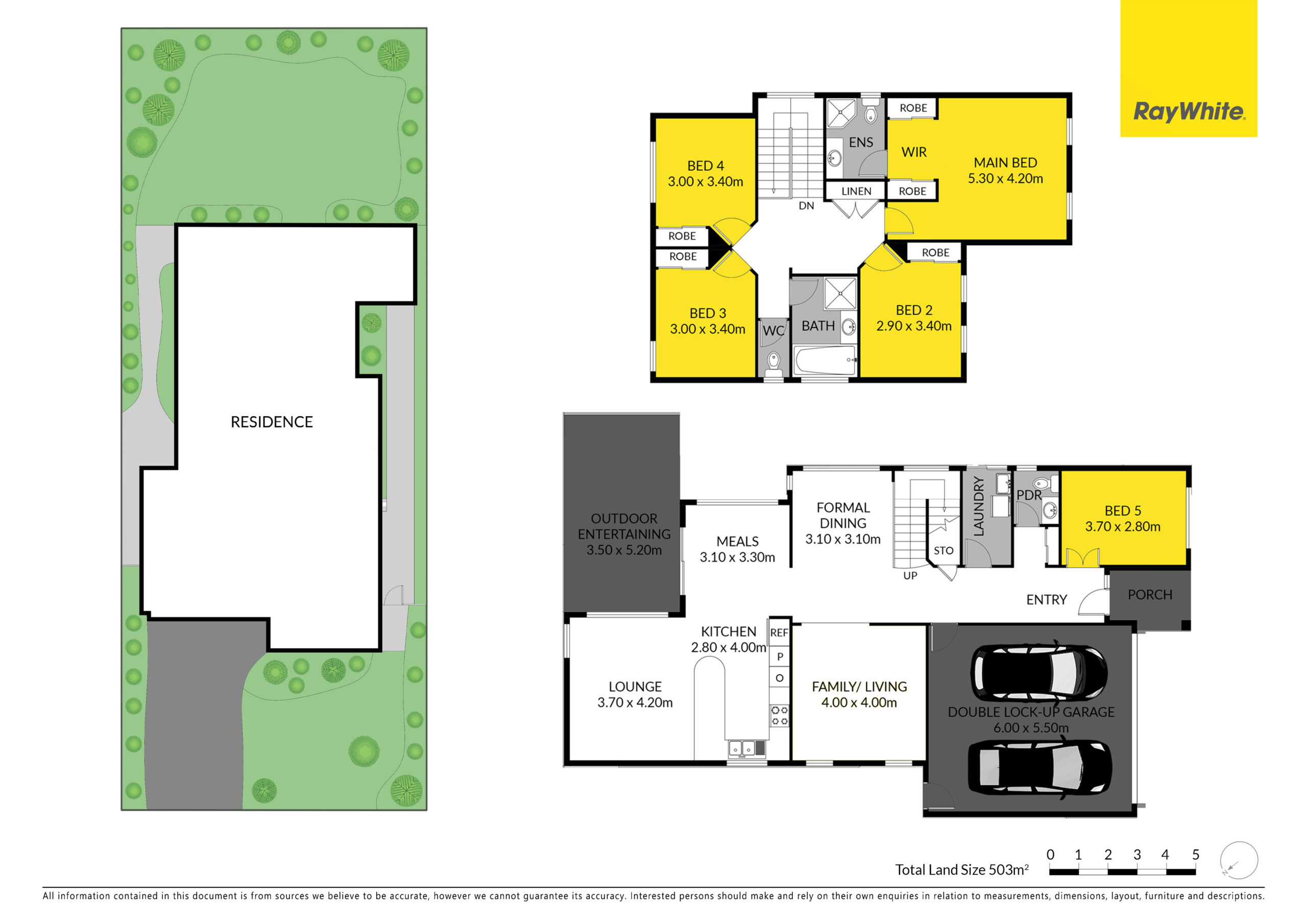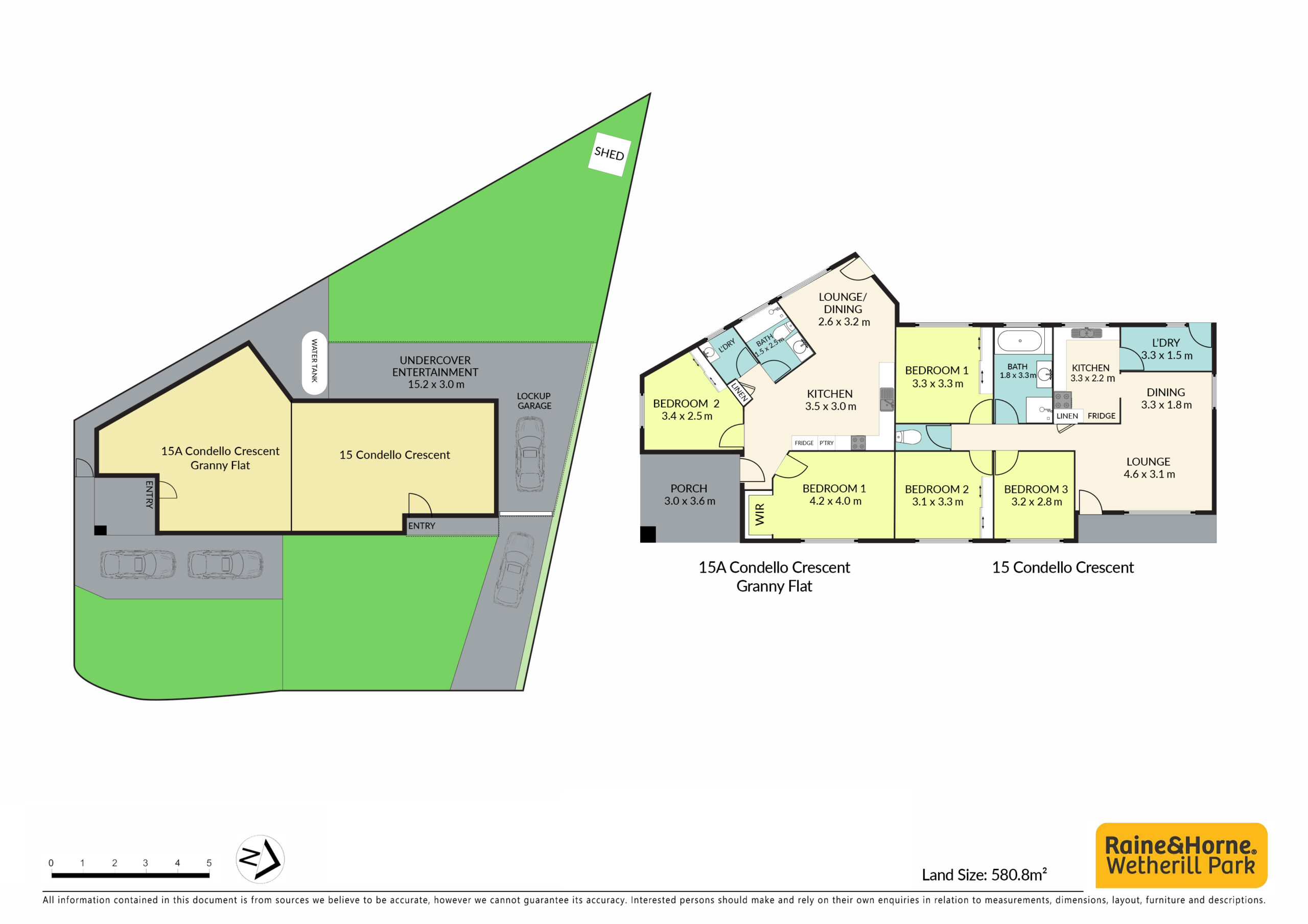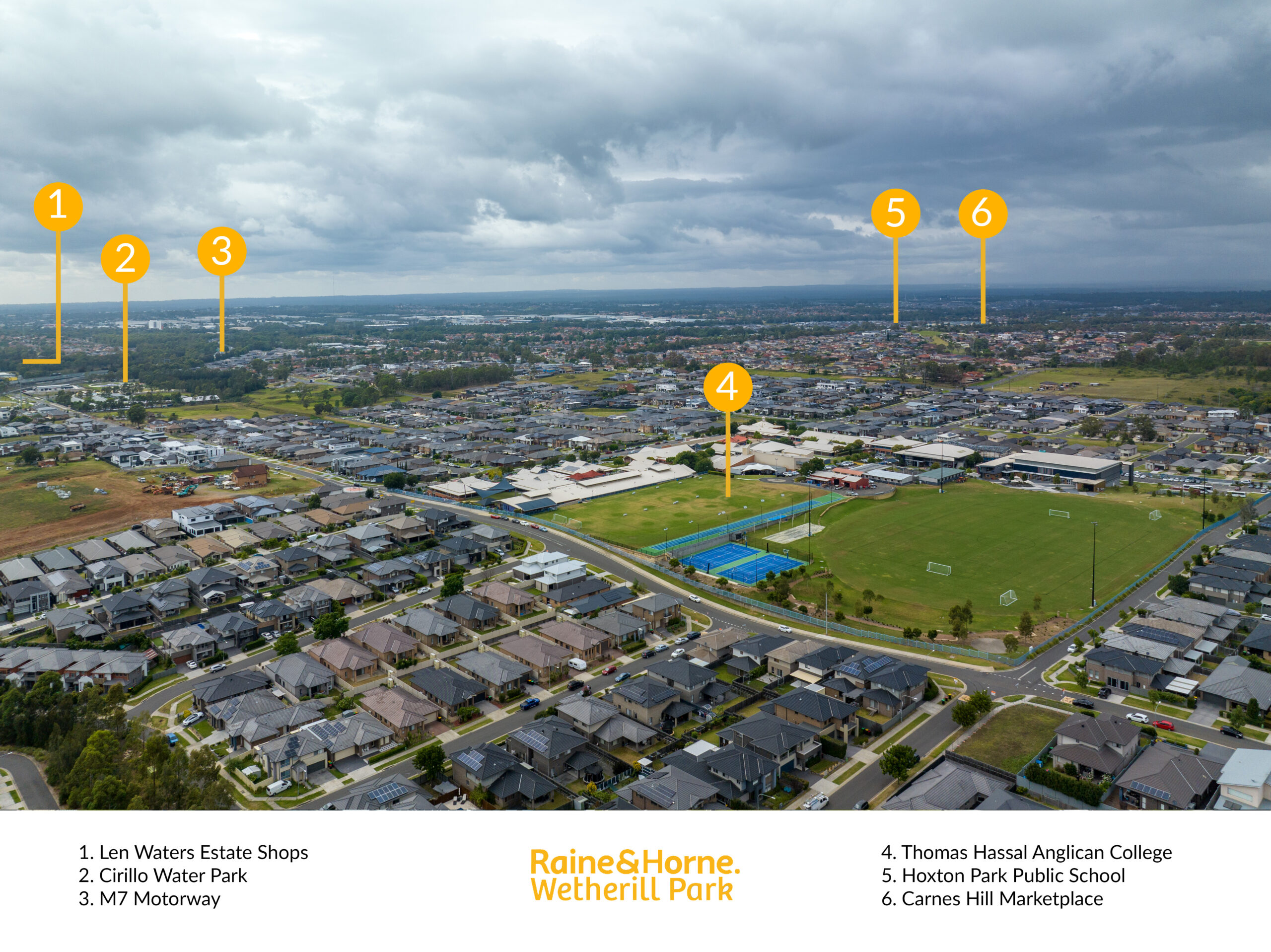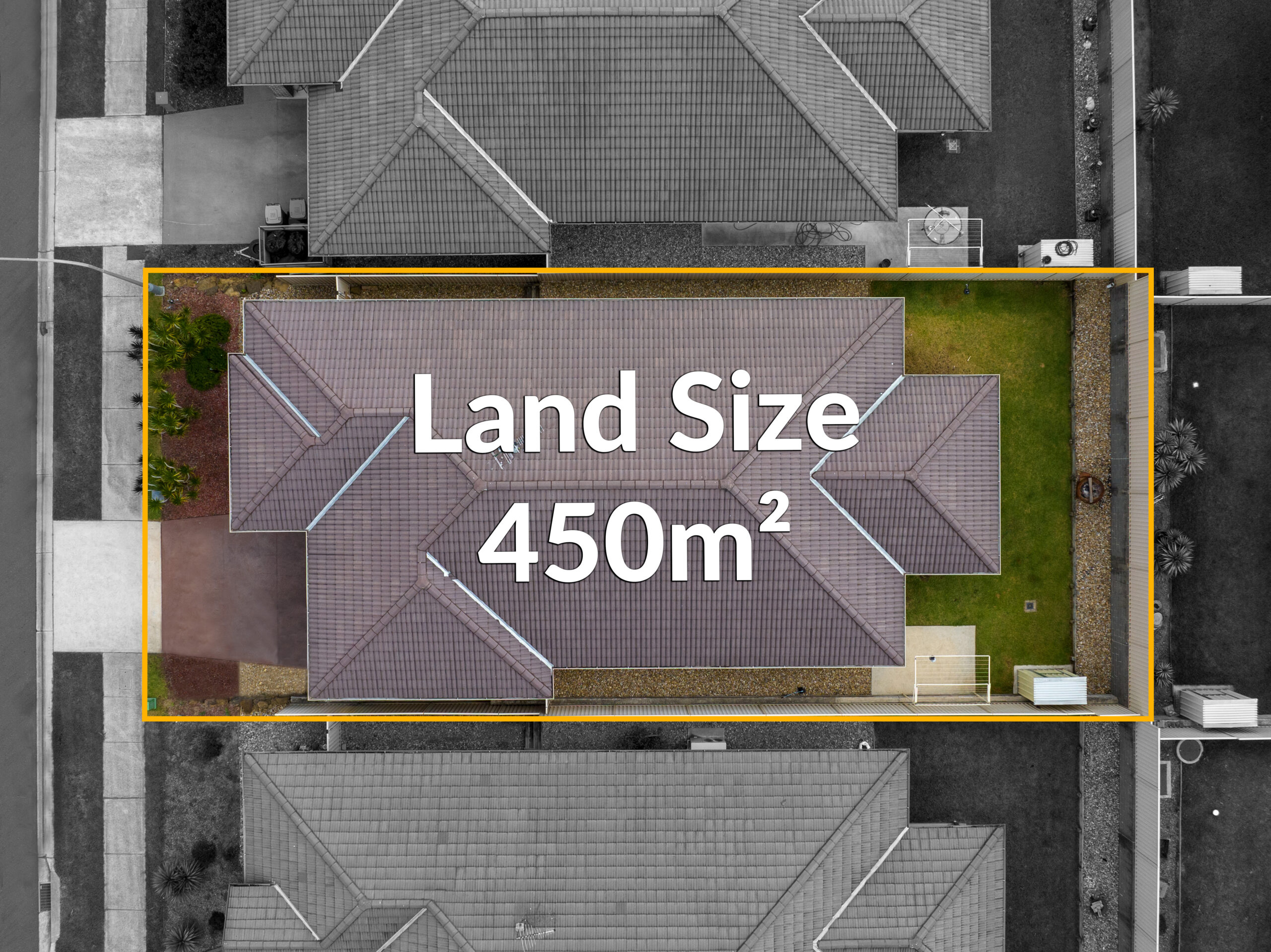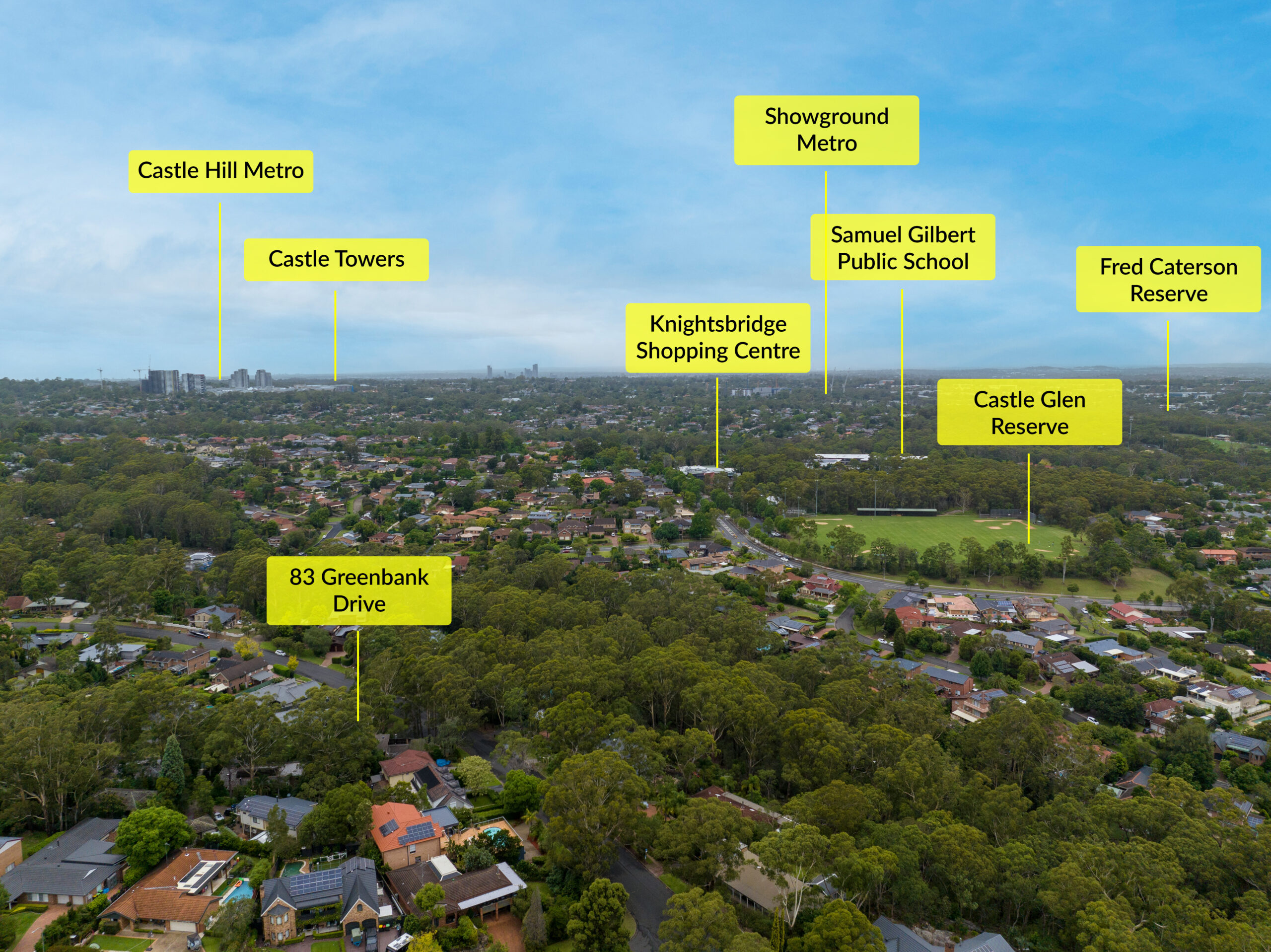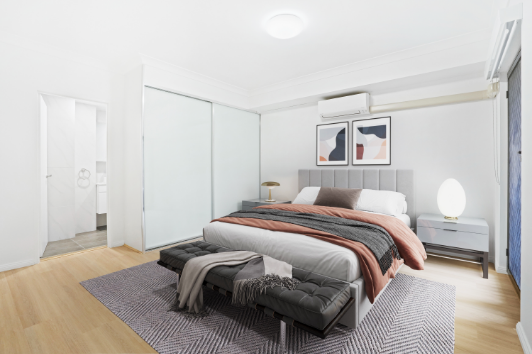Understanding the Basics of Layered Video Editing
Layered video editing is a technique that allows editors to layer multiple video clips and graphical elements on top of one another to create a cohesive final product. This essential editing skill not only facilitates the combination of various media types, such as video, images, and text, but also allows for intricate control over the timing, positioning, and effect of each element within the project. At its core, layered video editing provides the framework for non-linear editing – a non-destructive process to the original clips and infinitely flexible.
The Concept of Layers
Imagine layers in video editing as transparent sheets stacked upon each other. Each layer can contain a different element that, when combined, forms the composite image seen in the final video output. Order is critical in layered editing; layers positioned at the top will be visible over the ones below. This hierarchy makes it possible to foreground important elements, such as text overlays or logos. At the same time, background layers might hold the primary video footage or provide a visual backdrop with a B-roll or ambient content. This approach’s beauty is that it allows editors to manipulate individual pieces without altering underlying footage.
Utilizing Layers Effectively
To make the most out of layered video editing, editors must become adept at organizing and adjusting layers. Common practices include renaming layers for easy identification, using blend modes to combine layers creatively, and keyframing properties like opacity to control the visibility of elements over time. This level of intricacy allows for sophisticated visual storytelling, letting different narrative strands or aesthetic elements play out across separate layers. The transition effects between layers are also pivotal; they can be as simple as a cut or as complex as a blending transition, which can completely change the mood or pacing of a scene.
In conclusion, layered video editing is a fundamental skill set for any video editor aiming to produce dynamic and engaging content. It provides a versatile canvas to express creative vision and a powerful tool for narrative construction. Through the intelligent use of layers, editors are empowered to layer imagery, sound, and text in ways that captivate audiences and breathe life into the stories they tell.
Best Video Editing Software for Layer-Based Editing
Layer-based editing is essential for professional video editors who require granular control over various elements of their projects. By stacking video clips, images, audio, and effects as layers, editors can manipulate each element in isolation without disrupting the other components of the video. This technique is favored in complex post-production workflows where precision is key to achieving polished results. In this regard, the software that leads the industry offers robust tools and intuitive interfaces to streamline the editing process.
Adobe Premiere Pro
At the forefront of layer-based editing is Adobe Premiere Pro. Renowned for its comprehensive toolset, Premiere Pro allows editors to create and modify layers with unmatched flexibility. A timeline-based editing system, extensive effect library, and native support for various codecs make it a professional go-to option. Its integration with other Adobe Creative Cloud apps—like After Effects and Photoshop—further enhances its layer-editing capabilities. This seamless interconnectivity is invaluable when working on multi-faceted projects that demand a cohesive production pipeline.
Final Cut Pro X
For Mac users, Final Cut Pro X offers an impressive layer-based editing environment optimized for Apple’s hardware. Its Magnetic Timeline is a standout feature that simplifies the organization of layers by automatically avoiding clip collisions and sync issues. Final Cut Pro X’s revolutionary approach to non-linear editing streamlines the layering process, providing speed and ease of use. Additionally, its use of Compound Clips to group layers into a single movable package allows for a clean, uncluttered timeline, perfect for complex layer arrangements.
Davinci Resolve
Davinci Resolve is another heavy-hitter in layer-based video editing, offering an unparalleled free version alongside its professional-grade studio edition. Its node-based color grading system is a unique layer-based feature that gives colorists the power to build complex color effects through an expandable tree structure. Regarding video layering, Resolve offers a dual-timeline feature that differentiates it from competitors and allows for fast navigation and trimming, which is especially useful in layered projects. The Fairlight tab in Davinci Resolve also provides a dedicated workspace for intricate audio layering and mixing, satisfying the most advanced audio post-production needs.
Types of Layers in Video Editing: A Detailed Examination
Understanding the various types of layers is crucial for creating rich, multidimensional content when embarking on the intricate journey of video editing. Each layer type serves a distinct purpose, and mastering its use can significantly enhance the final product. Here, we delve into some prominent layer types and their applications in video editing.
Video Layers
The most fundamental are video layers, often forming the base upon which a project is built. Comparable to a canvas in painting, these layers comprise the actual footage and are the visual foundation. Video layers can be stacked, with each additional layer offering an opportunity to overlay images, videos, or effects. Manipulating these layers’ opacity and blending modes allows for creative compositing, crafting scenes that could not be achieved in a single take.
Adjustment Layers
Adjustment layers serve a non-destructive editing function. These layers can control color grading, exposure, contrast, and other visual effects that apply to all layers beneath them. Their flexibility is a boon for editors, enabling global changes without permanently altering the original footage. This layer proves especially handy for maintaining a consistent look across various scenes or setting the mood with color tones.
Text and Graphic Layers
Text and graphic layers are indispensable in a modern video editor’s toolkit. Whether adding titles, captions, or motion graphics, these layers interject narrative elements and visual appeal. They’re often vector-based, ensuring that graphics remain crisp regardless of scaling. Animated properly, they can add depth and character to an edit, illustrating points with clarity or adding a professional finish.
Audio Layers
Equally important, though only sometimes visible, are audio layers. Like their visual counterparts, audio tracks can be layered to create a rich soundscape. These layers can contain music, dialogue, sound effects, and ambient noises, each fine-tuned with volume and panning adjustments to complement the visual elements. Their correct alignment and balance are pivotal in delivering the intended atmosphere and emotion of the video.
In summary, layers are the building blocks of video editing, offering a multi-tiered structure for creativity and control. A thorough knowledge of how each one functions and their interplay is essential for any video editor aiming to produce content that is both engaging and professionally polished.
Advanced Editing Techniques Using Layers
When delving into advanced photo editing, the concept of layers becomes paramount. Layers are transparent sheets on which you can apply various edits without altering the original image beneath. This technique offers editors unparalleled control, allowing for complex compositing, adjustments, and fine-tuning of their digital artwork. With layers, creatives can stack, blend, and organize different elements of an image to achieve remarkable effects and corrections.
One of the most powerful aspects of using layers is the ability to employ non-destructive editing. This means any alterations can be tweaked or undone without impacting the underlying pixels, thus preserving the integrity of the original photo. For example, when using layers to adjust brightness or contrast, you can return to modify these adjustments at any time, ensuring that you can always perfect your image according to your evolving creative vision.
Advanced layer techniques extend into the use of layer masks and blend modes. Layer masks enable selective editing by hiding or revealing portions of a layer without actually deleting any part of the image. Blend modes can regulate how layers interact, offering a spectrum of options for how one layer’s pixels blend with those beneath it. From creating subtle texture overlays to achieving dramatic lighting effects, blend modes and layer masks are indispensable tools in the arsenal of an advanced image editor.
Moreover, as editors gain proficiency, they can explore using adjustment layers to create specific color and tonal adjustments. These layers sit atop the image stack, applying color correction and grading that can be fine-tuned at any point in the creative process. The flexibility this provides means that even extensive changes to an image’s mood or color palette can be managed efficiently without affecting the core layers of the image composition.
Tips and Tricks for Optimizing Your Layered Workflow
Managing a layered workflow effectively is pivotal in maintaining productivity and ensuring the smooth operation of any project. One essential tip is to define each layer of your workflow clearly. This involves understanding each process stage’s specific functions, inputs, and outputs. By clearly defining these parameters, team members better understand their responsibilities and can identify where their particular tasks fit into the broader workflow. This clarity can enhance collaboration and streamline operations, as everyone works with the same blueprint.
Another vital strategy is to lean on automation wherever possible. Automation can take your layered workflow to new heights of efficiency. Analyze your current processes to identify repetitive tasks that do not require manual intervention. By automating these tasks, you can reduce the likelihood of errors and free up valuable time for your team to focus on work that requires their unique human skills and creativity. Remember to select the right tools that integrate seamlessly into your workflow to gain the maximum benefit from automation.
Moreover, continuous monitoring and optimization of your workflow layers should become a customary practice. Regularly review each layer for bottlenecks or inefficiencies. This proactive approach allows adjustments to be made in real-time, thereby minimizing disruptions and maintaining a steady pace of work. Utilize metrics to quantify the performance of each layer and cultivate an environment where feedback is encouraged and acted upon. This constant vigilance ensures that your workflow remains dynamic and can adapt to changing demands or unexpected challenges.
In addition to these methods, it is also beneficial to cultivate synergy between different layers. It is ensuring that well-coordinated adjacent layers can drastically reduce transition times between tasks and improve overall output. This might involve cross-training team members to understand multiple workflow stages or designing intermediary steps that explicitly facilitate the handoff from one layer to the next. This kind of forethought in workflow design can prevent silos from forming and keeps the entire process unified and agile.
